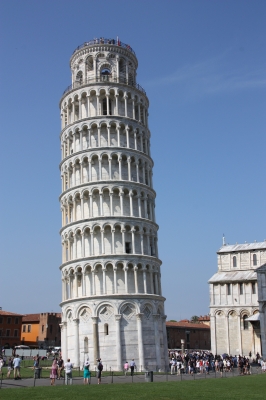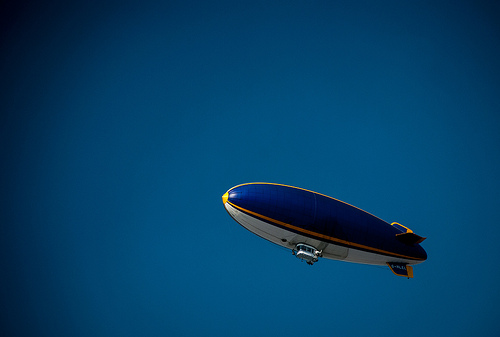
The 256th pope: Pope Benedict XVI.
- Benedict XVI’s real name is Joseph Aloisius Ratzinger and he was born on the 16th April 1927.
- Benedict XVI was pope of the Catholic church from 19th April, 2005 to February 28th 2013.
- Benedict XVI was a priest from 1951 and a full professor in 1958.
- Benedict XVI was responsible for restarting many old catholic traditions.
- Benedict XVI resigned in February since he had “lack of strength in the mind and body”.

Benedict XVI
Image courtesy of Catholic Church (England and Wales)/Flickr
- Benedict XVI was the first pope to resign in 598 years, the last pope to resign was Pope Gregory XII in 1415.
- Benedict XVI chose to use the name ‘Benedict’ in honour of Benedict XV and Saint Benedict of Nursia.
- Benedict XVI particularly used the theme of ‘Friendship with Jesus Christ’ in his teachings.
- Benedict XVI likes classical music and cats, and is a pianist.
- Benedict XVI has written 66 books.














